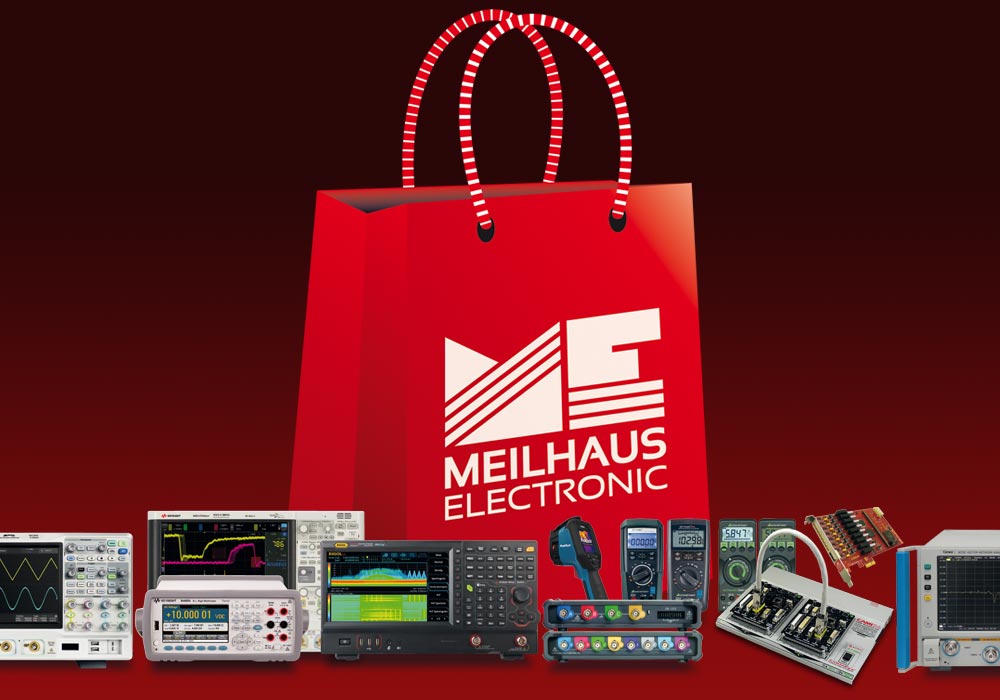Sampling Oscilloscopes
Sampling Oscilloscope vs. Realtime Oscilloscope
In the sampling process of an oscilloscope, a distinction is made between real-time sampling (Real-Time Sampling, Native Sampling) and periodic sampling (Repetitive Sampling, ETS/Equivalent Time Sampling).
In real-time sampling of classical oscilloscopes, the instrument is designed with a sufficient sampling rate to capture a transient, non-repetitive signal with the specified analog bandwidth of the instrument. Full sampling occurs during a single signal period. The signal samples are connected/interpolated to form a signal train in order to display a continuous signal train on the screen rather than a string of points.
In periodic sampling, samples are taken from several consecutive periods. The sampling rate can be lower than the signal frequency. The oscilloscope collects as many samples as possible after a trigger event and then more at subsequent trigger events. Since the oscilloscope's sampling clock is independent of the trigger event, each trigger has a random time offset from the oscilloscope's clock. The oscilloscope measures this offset and displays the samples at the correct times. Thus, after a large number of trigger events, the oscilloscope has enough samples to display the signal with the desired time resolution. The method can only be used for repetitive signals, i.e. signals that vary little from one trigger event to the next.
In sequential sampling (sequential-equivalent-time sampling), only one sample point is acquired at each trigger event. This shifts slightly from period to period. If the number of acquired values is large enough, the signal can be reconstructed.
Advantages of Sampling Oscilloscopes with Sequential-Equivalent-Time Sampling
- Higher resolution and accuracy.
- Use to capture repetitive signals, such as those used in high-speed serial buses, circuit device characterization, timing analysis, telecommunications services, and manufacturing.
- Lower real-time sample rate, but higher A/D converter resolutions and lower noise floor.
- Thus wider bandwidth for lower budget and lower intrinsic jitter.
- Suitable for eye diagram and mask limit testing as well as use for TDR/TDT measurements.



























